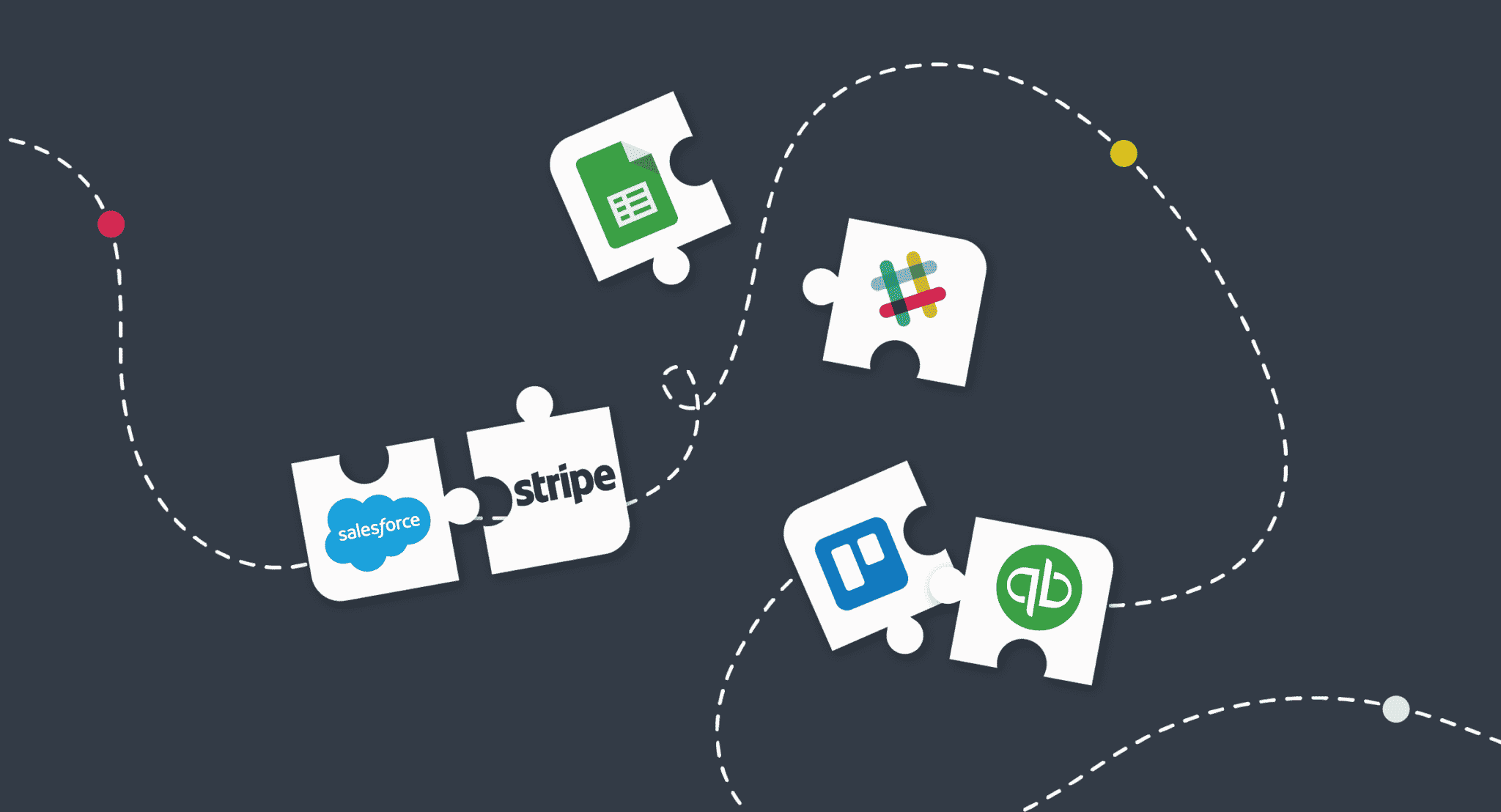
The future of SaaS is embedded with the likes of specialised and disruptive technologies such as embedded iPaaS. These are embedded API integration platforms that can not only improve the quality of a SaaS but help them scale and aid their success.
The industry is shifting and SaaS applications need to be responsive to this change by embracing embedded ecosystems. Rather than rely on in-house API integrations to carry and scale their SaaS solution. Otherwise, they may get left behind the pack in the ever-increasing competitive SaaS market.
SaaS Companies Need Good Integrations
Firstly, it is important to recognise that not every SaaS is the same. Some large SaaS applications such as Salesforce, MailChimp, Shopify and others have massive libraries of APIs. This is because they have the resources to build and maintain them.
Whereas smaller and growing SaaS applications don’t often have this capability. This is because they lack the resources such as developers and time to build more in-house API integrations. They would rather spend the resources on improving the core product offering while integration requests keep piling up in the developer backlog.
As a result, the inability to further develop in-house integrations impedes scalability. As well as not solving existing customers’ use cases or even attracting new customers.
So, what should you do about it? There is a way to make this smoother and simpler for even the biggest SaaS.
An Embedded (iPaaS) Future
Customers of a SaaS company use numerous amounts of applications to collect data, improve their service or host their product. They, therefore, often require specific integration use cases from the SaaS provider to share and extract data. The SaaS will have some in-house API integrations but can struggle to expand upon those. For instance, they may have an integration with one popular CRM application but not another.
This is where embedded iPaaS aka API integration platforms can help.
It can be hard to wrap your head around the integration and embedded iPaaS hierarchy, but it looks a little something like this:
At the top is the embedded iPaaS that the SaaS has subscribed to. The embedded iPaaS has built and developed hundreds of APIs which are available in its library or marketplace. The API integration platform sits invisibly behind the SaaS and can be styled with the SaaS branding. Ah, the beauty of white-labelled products.
Next sits the SaaS, which is able to use the APIs in the embedded iPaaS marketplace to create workflow integrations. These integrations can be built by developers, or more increasingly now Citizen Developers/Integrators, who are familiar with the product and know the common customer use cases.
These integration-building tools tend to be no/low code, drag and drop where users can build workflows in minutes, without any code. Then once the workflow is complete it can be published directly into the SaaS application.
Finally, we reach the customers of the SaaS, they can access the published integrations and can choose the best integration for their use case. Then quickly install it to start gathering and exchanging data between apps.
By providing integration solutions with relevant apps you’ll solve customer’s main problems and help them achieve their business goals. At the same time as helping them, you’ll also be able to scale and grow your business by creating strategic, reusable and scalable API integrations for your customers.
Build vs. Buy API Integrations
Utilising an embedded integration platform fits in with the build vs. buy methodology. We have previously discussed (and wrote an entire report about).
I’ll give you a little overview, but you should go take a look at that report!
Essentially, we suggest that you should have an integration mixture. This is a combination of in-house integrations, as well as either bought or designed ones. The mixture should be a reflection of your specific use case and we’ve got several key questions to help you determine what mixture works best for you.
- Is it important that I resolve my customer’s integration ‘pain point’?
- Is my application lightly or deeply enhanced by third-party applications?
- Are integration requirements consistent across 80% of my customers?
- What is most important, the source code or the end-customer solution?
- Are my customer’s integration needs relatively fixed or do I need agility?
With these questions in mind, you can look at your platform, and your platform’s users’ needs to work out what combination would be best for you. For example, if your total number of customer integrations is 3 to 10 and build and design requirements are 1 to 5 we’d suggest a build and design approach.
If you’d like to learn more about the build vs. buy approach download our report Introduction to iPaaS, Embedded iPaaS and Integration.
Don’t bin your in-house API integrations, expand them with embedded API integration platforms
Reduce complexity and increase scalability with embedded API integration platforms and tools to expand your in-house integration capabilities. As well as start a pivotal journey with embedded systems and start working towards achieving digital transformation for your SaaS.
Don’t get left behind the pack, instead evolve with the industry and the latest tools to achieve your business and integration goals.
If you’d like to learn more about embedded iPaaS get in touch with the Cyclr team today!
We host a range of webinars discussing embedded iPaaS, integration building and more.
Check out the full list on our dedicated page.